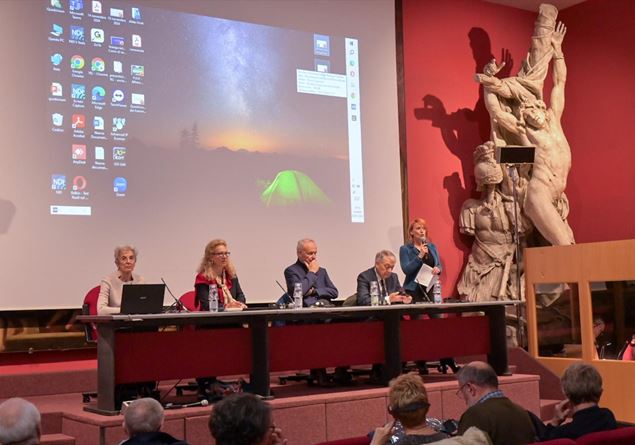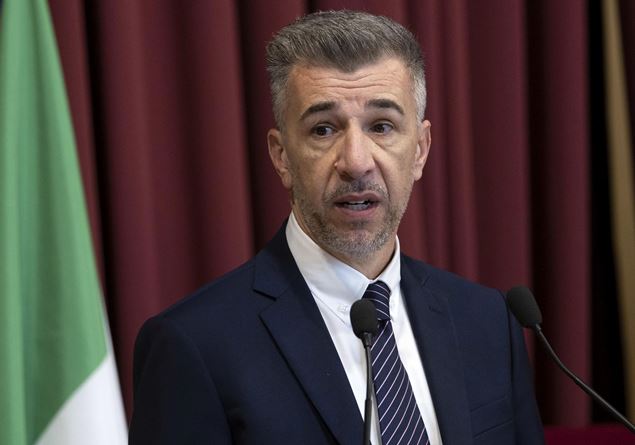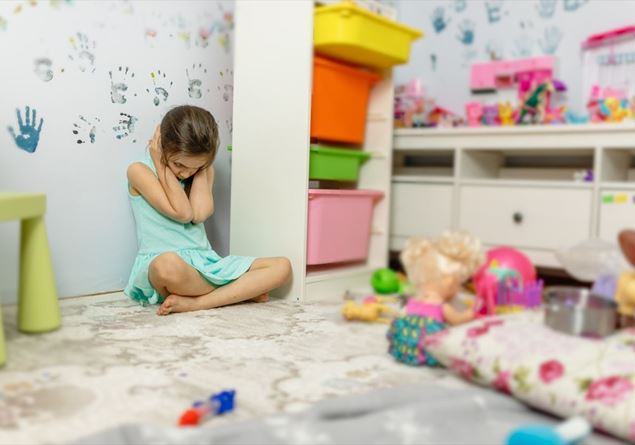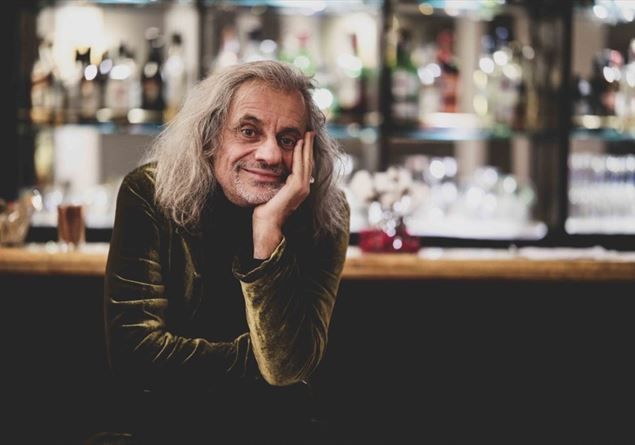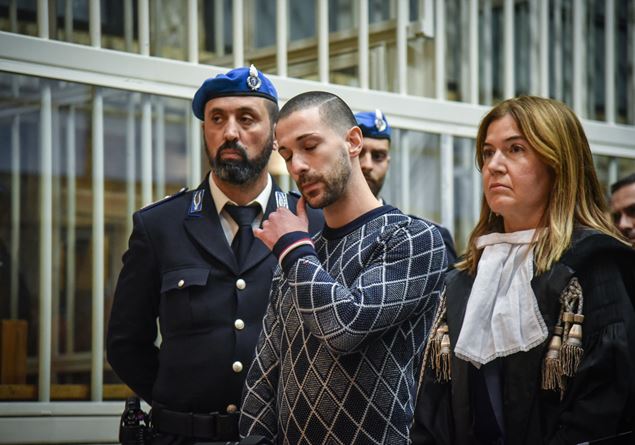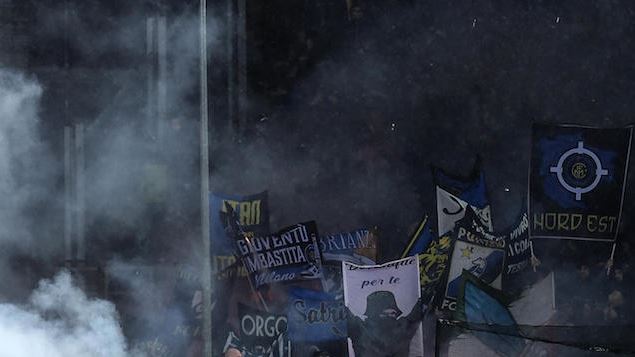
The last episode, the sensational one, occurs on the morning of September 4, 2024 in Cernusco sul Naviglio, in the Milanese hinterland, in the parking lot of the “Testudo” boxing gym frequented by several ultras of the Inter fans, among them Andrea Beretta, 49 year old historical leader of the organized Inter fans, and Antonio Belloccoa thirty-six-year-old who had approached the Nerazzurri curve after the death of Vittorio Boiocchi – a historic, convicted, leader of the “Boys” of the north curve of San Siro killed in an ambush in 2022 – and who bore the very weighty surname of a well-known ‘ndrangheta family, having himself suffered from a criminal past, including a definitive sentence of 9 years for mafia association, as part of the trial that went down in the news as Vento del Nord.
It will be up to the investigators to reconstruct what exactly happened in that parking lot and in the car in which Beretta and Bellocco were: what is known is that Beretta, wounded by a gunshot, was taken to hospital under arrest, accused of fatally stabbing the other. The two, according to photos posted on social media by another ultra leader, were “friends” and had played a game of five-a-side football together just the evening before everything went downhill in acts that they make one think of something more complex than a degenerate argumentwhich is also evident from the fact that the case is being handled by Sara Ombra and Paolo Storari, magistrates of the District Anti-Mafia Directorate, an office that in the past had already dealt with curves in relation to the murder of Boiocchi.
That the relationship between mafias and interests connected to football, including the shady sides of organised fan bases, is not just a matter of casual encounters around a shared passion for matches and social colours has not been a mystery for some time.even if the topic only makes the news in sensational moments: think of the murder in 2019 of Fabrizio Piscitelli, alias Diabolik, ultras of the die-hards of the Lazio curve for which the first degree trial is underway in Rome against Raul Esteban Calderon accused of the murder and for which a context of drug trafficking is hypothesized. The same area, that of narcotics, cost a definitive sentence in 2023 to six years and four months to Luca Lucci, ultra rossonero, proof that derbies are not only played on the football field.
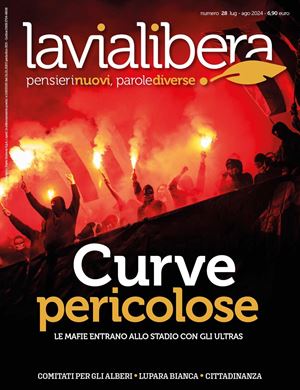
Right at Dangerous curves and their mafia infiltration is the subject of the latest issue of Lavialibera, the magazine of the Libera association, which reconstructs the relationships between organised football fans, mafias and right-wing extremism, focusing on some large cities (Rome, Milan, Turin, Naples and Palermo). «I make 80 thousand euros a month with tickets and parking», «I don’t give a shit about the mentality (of the ultras)… my life revolves around making money», says Andrea Beretta in wiretaps reported in the dossier released two days ago, timely to the point of being prophetic: words that, in hindsight, shed light on the context.
“Football was polluted,” writes Don Luigi Ciotti, president of Libera, in the editorial, “before organized crime, by a capitalism without ideals, which to maximize profits is willing to put everything else in brackets, starting with ethics. Hence the excessive wages offered to players to build invincible teams not so much on the field, but in the sales of branded products and sponsorships. Here are the rigged balance sheets, the contracts concluded at astronomical figures for the sale of cards, the illegal betting rings, the speculations on stadiums, the advertising granted even to dangerous sectors, first and foremost gambling.” This type of advertising is supposedly banned in Italy but the ways in which the ban is legally circumvented are well-known and evident.
When the book came out in 2012 Football clanprovocative title, to talk about more or less unspeakable liaisons between football and organised crime, the magistrate Raffaele Cantone, who had signed it with the journalist Gianluca De Feo, to shed light on a well-known but little-visited topic in public, told us that the presentations were more or less deserted.: the sport and those who loved it preferred that no one ruined their toy by opening it to see what was inside.
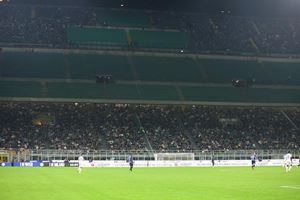
In addition to mafia infiltration, the DNA is also interested in flirtations with extremist groups, a topic which is also not secondary.if one considers that the Boys SAN of the Inter Curva Nord, of which Boiocchi was the leader, were born in 1969 and saw among its founders Gilberto Cavallini, the former NAR (Nuclei armi rivoluzionari) sentenced to life imprisonment in the first and second degree for the Bologna massacre and who is now awaiting the outcome of the appeal in Cassation.
The history of Italian investigations teaches us that it has already happened that among the assets confiscated from the clans there have also been sports clubs, perhaps of a lower profile – the most well-known case was that of Quarto many years ago, a minor team seized and then confiscated from the Polverino clan, in Campania -, useful however to create consensus and contacts aimed at other businesses.
It is certainly no coincidence that last September the Department of International, Legal and Historical-Political Studies of the University of Milan dedicated a conference to Mafia and sport, coordinated by Nando Dalla Chiesa, in which the field was extended to other disciplines, because organized crime does not live on football alone: three days, in which various aspects were analyzed, from which it was clear that infiltration is possible in many ways: in the fragmentation of subcontracts linked to major events, in money laundering through sponsorships in smaller events, in betting, even legal ones – the ideal place for money laundering where people ruin themselves and the house always wins -; in the black market of doping; in organized fan support where too often There is a fine line between passion and crime, which is paid for by true enthusiasts who are sometimes even literally “excluded” from the game to which they have the rightas happened on October 31, 2022 when, upon hearing the news of Boiocchi’s death, Inter ultras demanded that the other fans, those who go to the stadium only out of passion and pay for the ticket, empty the north curve of San Siro as a sign of mourning (photo).





